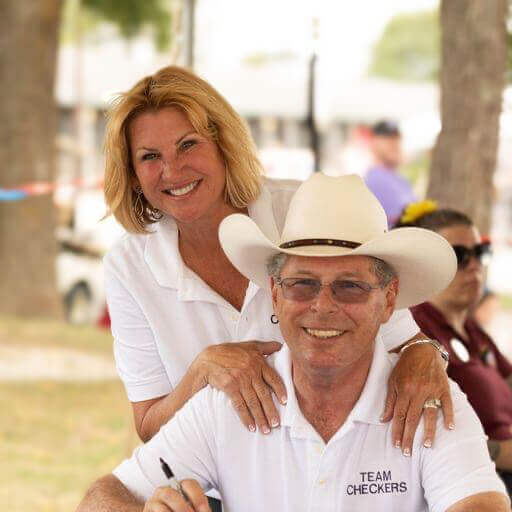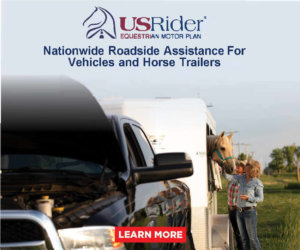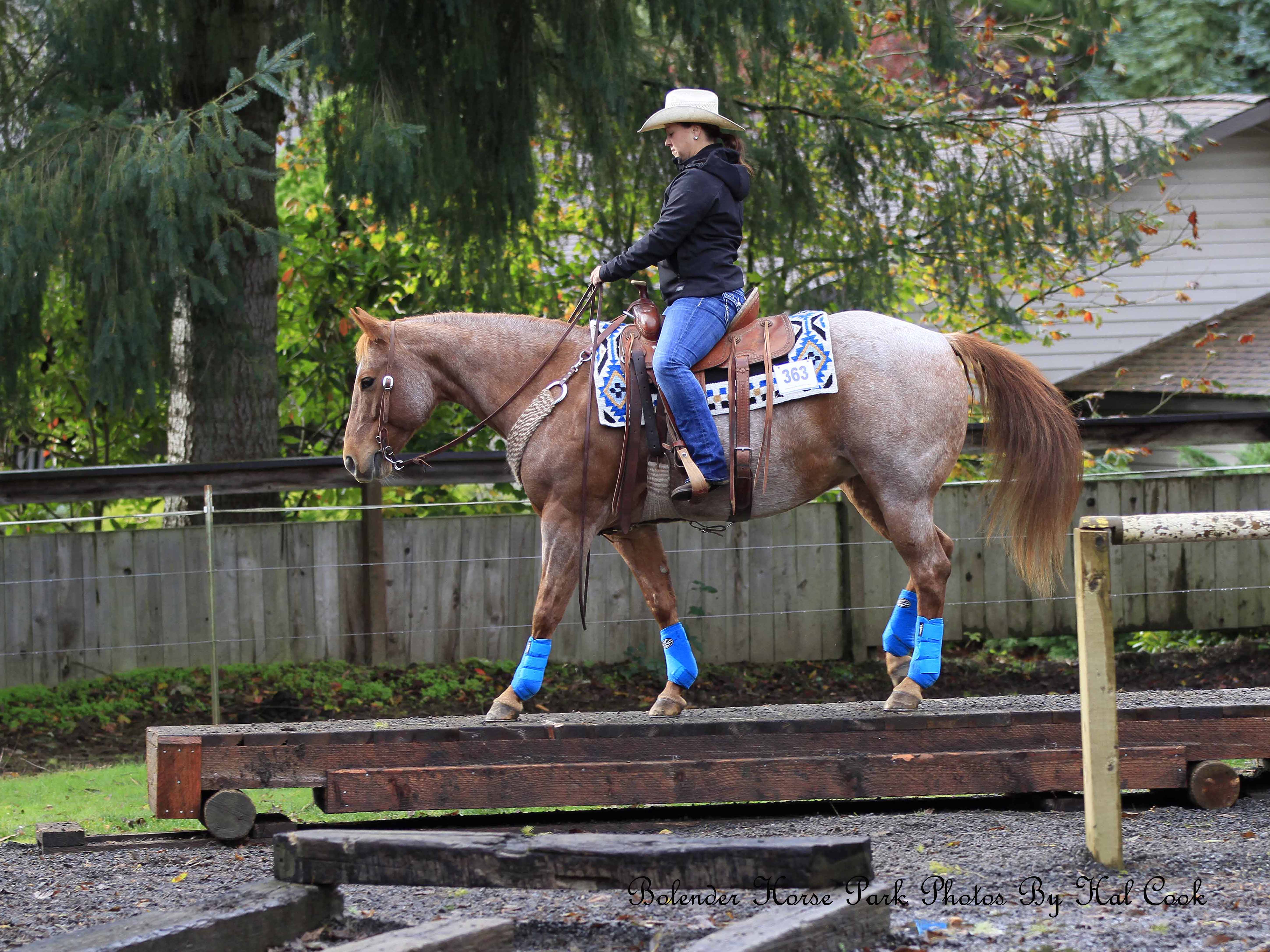Teach Your Horse Focus with this Obstacle Challenge
Mountain trail is based on real life situations found working on the ranch or navigating a trail. With the International Mountain Trail Challenge Association (IMTCA), it has become a discipline that shows off the perfect trail horse. This horse moves boldly and safely through obstacles with precision and confidence.
The rolling bridge is a fantastic tool to teach horses to focus, not only on the crossing but on any task at hand. This is how we teach it.

Start by making sure the horse has leg protection on all four legs and that the Bolender Bubble is in place. This is critical for safety and learning. If the horse pushes into your personal space it will not listen and teaching will be very difficult. This behavior must be corrected before proceeding. Once you’ve determined that your space is respected, drive the horse from the ground to the rolling bridge and have it inspect the obstacle. Do not use force; give the horse all the time it needs to inspect, smell, chew or even paw the bridge.
Being curious creatures, most horses will place one foot on the bridge then take it off and then repeat the behavior. You should apply gentle pressure to the horse until it moves forward and puts its foot back on the bridge. Immediately stop all movement to take the pressure off and let the horse “think it through.” As the horse steps up with both feet, make sure your lead rope is loose. This is crucial because if the horse doesn’t stand on the bridge on a loose lead rope then, in its mind, the effort never happened. Resist hanging onto the lead rope and remember that in the horse’s mind, the less you move your feet, the more authority you have. Stay quiet, calm, and show no emotions. The horse will reward you by taking several baby steps.
Each horse will learn at a different rate, but for most horses they will be walking across the bridge in 20 minutes or less. Once the horse places two feet upon the bridge it will more than likely move which will cause a reaction from the horse. Allow them to take their feet off, but do not move your feet and allow the rope to slide through your hand as they back up. Ask them to try again. Do not force them for they will want to drop their head, sniff or paw it again. Allow this behavior until they are comfortable with both feet on the bridge. Encourage the horse to step up on the bridge with all four feet. At this point, your focus and bubble must be strong for the horse will want to come off directly into your space.
When the horse is comfortable with walking across and off the rolling bridge then it’s time to ride. The horse will probably put one foot up at first and then back off. Allow this to occur, but be persistent in asking the horse to go forward. Most horses will simply step off at this time. Show no emotion or impatience and do not become aggressive as that will defeat the purpose of building boldness and confidence in the horse. Once it is willing to step up quietly and walk on the bridge, simply look forward and walk. At this point your job is done. The horse should walk quietly and confidently, with a focused expression, as it crosses the rolling bridge.
The final step to mastering this obstacle and scoring well at a challenge event is to concentrate on the little details. The sport has risen to such a level that it is no longer “will the horse go over the bridge,” but will the horse master the bridge. Here is what a rolling bridge crossing should look like: The horse walks up to the bridge, one horse length straight, acknowledges it and steps up in the center without breaking gait. The horse should continue to move across the bridge in the center and then step off in a collected manner—in the very center—and continue one horse length in a straight manner.
Those who wish to build a rolling bridge obstacle can email me for the plans and materials needed. Happy Trails and Bolender Blessings!
by Mark Bolender
Published in February 2015 Issue

Mark and Lee Bolender own and operate Bolender Horse Park in Washington State, which houses the finest Mountain Trail course in the world. They are the founders of the International Mountain Trail Challenge Association (IMTCA) and travel worldwide as clinicians and ambassadors of Mountain Trail. Bolender Horse Park offers riders of all skill levels and disciplines a fun and challenging trail riding adventure.
Mark has designed and built Mountain Trail courses in the USA, Canada, Australia, and Europe—with many more in development. Mark uses his artistic, landscaping, horse training, and construction skills to build these courses (NW Steel Design LLC www.nwsteeldesign.com).
Mark is the author of Bolender’s Guide to Mastering Mountain and Extreme Trail Riding. Visit www.bolenderhorsepark.com to learn more.






